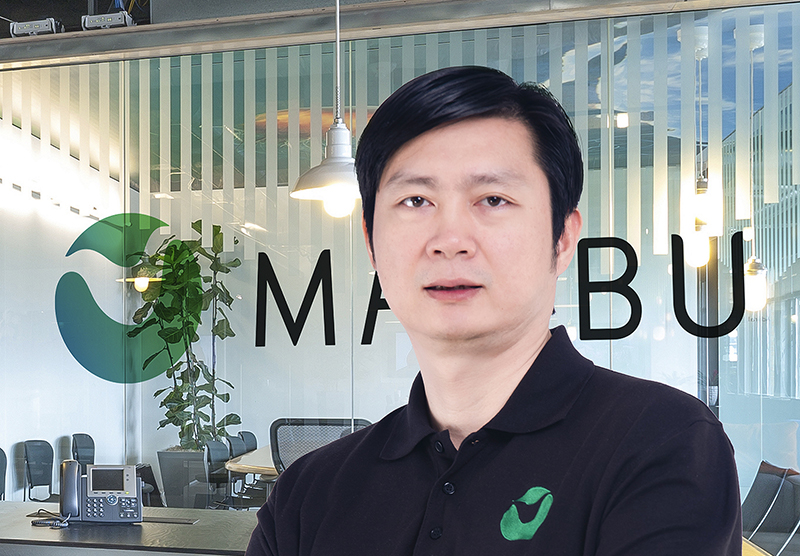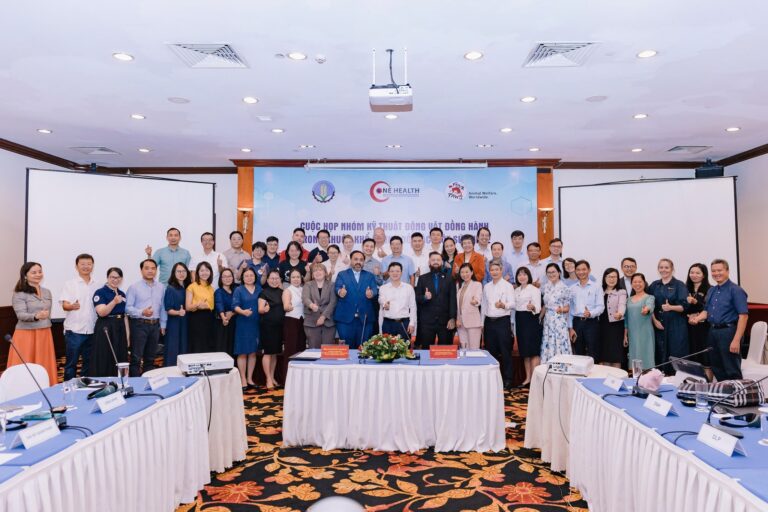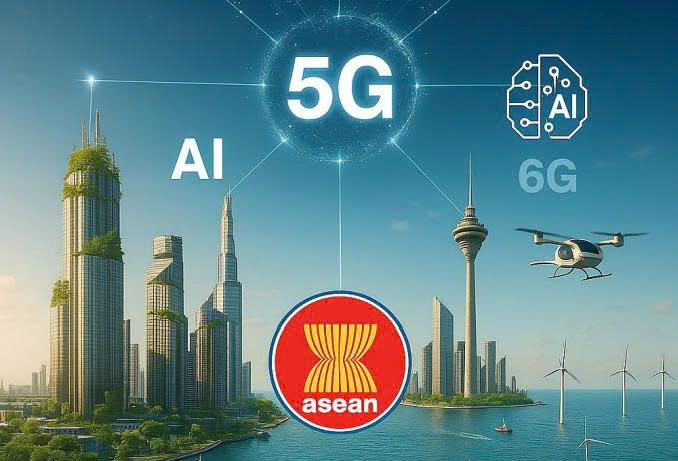Banks accelerate digital transformation in response to the “now culture”
By Pham Quang Minh – General Manager of Mambu Vietnam
The “now culture” – we want things now – is growing substantially among consumers, pushing banks into a race where the slow ones will be eliminated.
Consumer behavior towards banking services is changing drastically all over the world, especially under the impact of the pandemic. A 2020 survey by Deloitte conducted with 200 senior leaders in North America, Europe, and Asia-Pacific shows that Covid-19 has reshaped consumer expectations for banks. Social distancing has undeniably elevated the rate of technology adoption and digital experience.
Vietnam is no exception. As a country with a young population, high access to technology, Vietnamese consumers seem to be increasingly sensitive to “speed”. Our insights into Millennials show that they are increasingly less patient and expect everything to be fast, with many integrated utilities available. Consequently, products and services must constantly evolve with haste to adapt to their changing tastes.

This growing “now” culture has become a driving force for banks to actively step up in digital transformation to meet the changing needs of the market, as well as to compete with Big Tech and Fintech. Digital transformation in banking requires banks to employ modern digital technologies to achieve speed, agility and flexibility with cost effectiveness. Speed includes the speed of building a digital bank, the speed of innovation in the market such as launching a product or service in just a few weeks, instead of a few years like traditional banks. Financial products and services must also achieve speed in processing, transaction and service just through a few clicks.
In particular, today, a number of large banks and new digital banks have quickly applied online identification (eKYC) to open accounts for customers online, within 5 minutes of document verification and face recognition.
Not only opening accounts, applying for credit cards, borrowing money, savings, shopping within the bank’s ecosystem and more are also gradually moved online to meet the “now culture”. Some of the pioneering banks in these services include Timo Digital Bank with the issuance of Visa cards with a limit of up to VND 500 million to its customers completely online, and only after a few minutes of document authentication.
From a macro perspective, Vietnam is promoting and accelerating digitalization among banks. Specifically, Decision 810 on “Plan for the digital transformation of the banking industry to 2025 with a vision to 2030” issued on May 11, 2021 has outlined the goal of developing digital banking models, increasing convenience, customer experience and realizing the goal of financial inclusion and sustainable development by promoting the application of new technologies that allow for optimized business operations and automated processes.
Obviously, only modern technology and a new approach and mindset will help banks become fast and flexible to meet all the needs of customers in the “now culture” era.

Traditional banks built with the first, the second, and the third generation core technologies on monolithic and modular structures are inherently inflexible and slow. These traditional banks are difficult to scale up, innovate, and take years to create and launch new products to market.
Old core technologies also cannot adapt to customer needs and are difficult to personalize customer experience which is a feature that is very popular with consumers in recent years. The cost to maintain the system is also high.
The fourth-generation core banking technology will help traditional banks solve the above disadvantages. This is the latest generation core technology that allows banks to operate quickly and flexibly, personalize customer experience, and is cost effective to develop and maintain.
Operating on cloud computing technology, the fourth-generation core banking technology along with the Composable banking approach, using artificial intelligence, machine learning, API… is the new way to help banks become fast and flexible.
Composable banking approach is a solution that allows independent parts (such as core engine), systems and connectors to coordinate and combine with each other in any way or any configuration for a purpose of building a digital bank, or a financial service and product that fit banks’ individual needs.
Simply put, it is like playing Legos with lots of pieces that can be combined to any shape imaginable. As a result, banks will be able to get rid of their dependence on cumbersome monoliths and reduce the time to launch products.
From a security perspective, this solution that operates on the SaaS model also puts safety first thanks to strict security layers. It is also guaranteed by cloud service providers with identity and access management, integrated with directory services, or other user authentication platforms, to help banks control and mitigate cyber-attacks.
New digital banks in Vietnam such as TNEX, Timo or Cake all are applying this comprehensive solution to enter the market and respond to fast and constantly changing trends.
Although Cake Digital Bank is a newcomer, it already has a unique product that caters to the needs of customers, which is Super Saves, allowing customers to allocate their savings in small packages, but can still withdraw when needed without losing profit. Only the fourth-generation core banking technology can make this possible: fast, flexible, and customer-centric.
Around the world, the fourth-generation core banking and Composable Banking approach have also been applied by many banks. For example, the Dutch “giant” – ABN AMRO has launched New10 – a digital lending service with loans from EUR 20,000 to 1 million. The “Composable banking” approach enables New10 to approve loans in 15 minutes and disburse within 2 working days. After only 6 months, New10 has opened more than 2,000 accounts, with more than 100 new loans, of which over 65% are new customers. Thus, when consumption trends have changed, banks also need to change to be relevant and competitive. Digital transformation with new, modern technology and approach will help banks get up to speed – the “new currency of the economy” (Mark Benloff – Founder and Ceo of Salesforce). At the same time, banks will also gain flexibility, and save resources in a race where every minute is precious.
Please view the original article here.
Minh Pham is the General Manager, Vietnam, at Mambu, the cloud banking platform.




